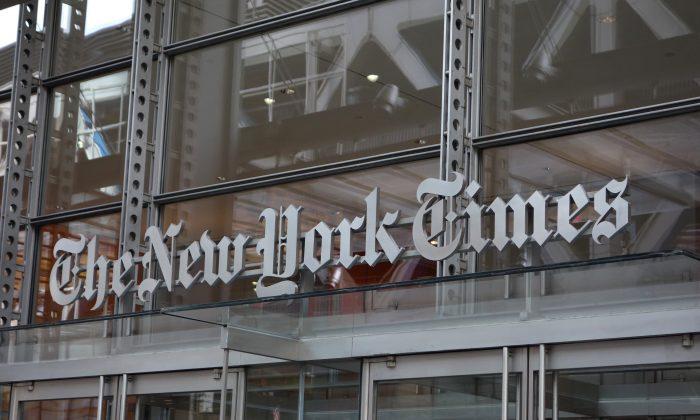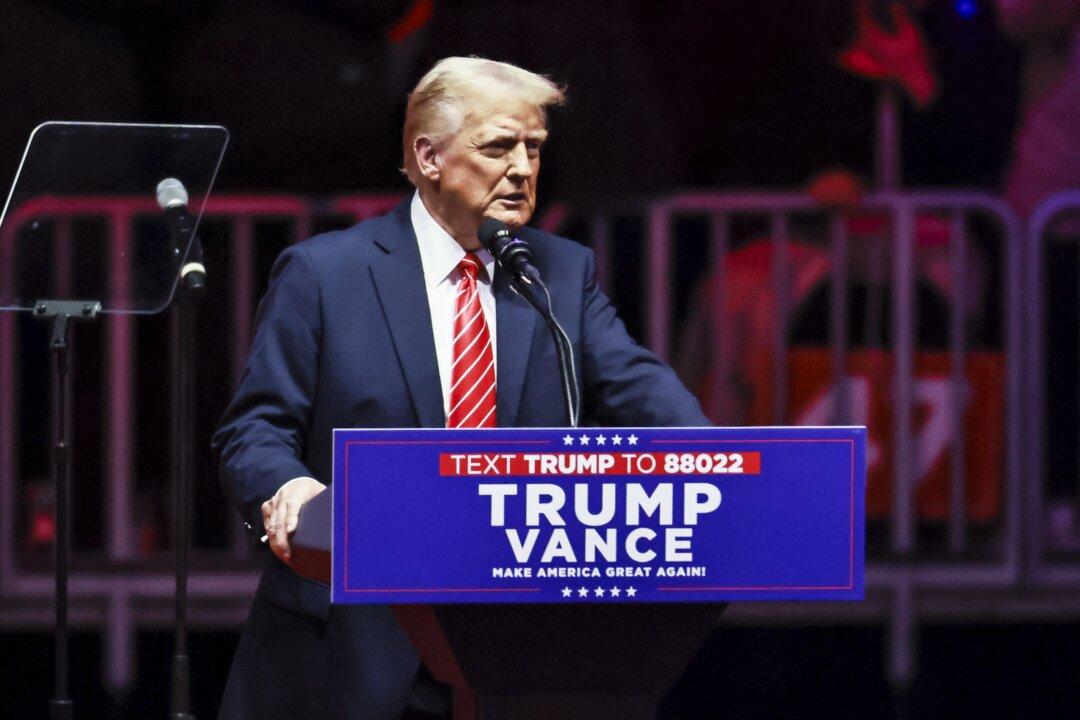Amid outrage about the recent publication of an anti-Semitic cartoon, The New York Times printed a second one on April 27 that appeared to denigrate the faith of Israel’s Prime Minister Benjamin Netanyahu.
The new image depicts Netanyahu dressed as Moses standing on the side of a mountain while holding a stone tablet with the Star of David engraved on it and taking a photo of himself using a selfie stick.
While the meaning of the image is open to interpretation, the central message seems to suggest that the leader of Israel’s faith in Judaism is not sincere. Stripped of any interpretation, the image debases Judaism’s prophet and image.
The New York Times printed the second image as outrage still smolders about its publication of the first anti-Semitic cartoon. In the newspaper’s own words, the first image, published on April 25, depicted “the prime minister of Israel as a guide dog with a Star of David collar leading the president of the United States, shown wearing a skullcap.”
The outrage about the first cartoon was amplified after the paper failed to appropriately apologize for publishing it. Instead of an apology, The New York Times admitted that the image “included anti-Semitic tropes.”
“The image was offensive, and it was an error of judgment to publish it. It was provided by The New York Times News Service and Syndicate, which has since deleted it,” the newspaper’s opinion section wrote in a notice.
The statement lacked an actual apology, prompting a battery of angry comments from Jewish advocates and the public.
Facing a wave of criticism, The New York Times published a second statement featuring an actual apology and a promise to fix the process which led to the publication.
“Such imagery is always dangerous, and at a time when anti-Semitism is on the rise worldwide, it’s all the more unacceptable. The matter remains under review, and we are evaluating our internal processes and training. We anticipate significant changes.”
It is unclear if the evaluation of “internal processes and training” had started by the time the newspaper published the second cartoon.
The New York Times didn’t immediately respond to a request for comment.
“The cartoon checked so many anti-Semitic boxes that the only thing missing was a dollar sign,” Stephens wrote.





